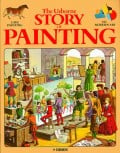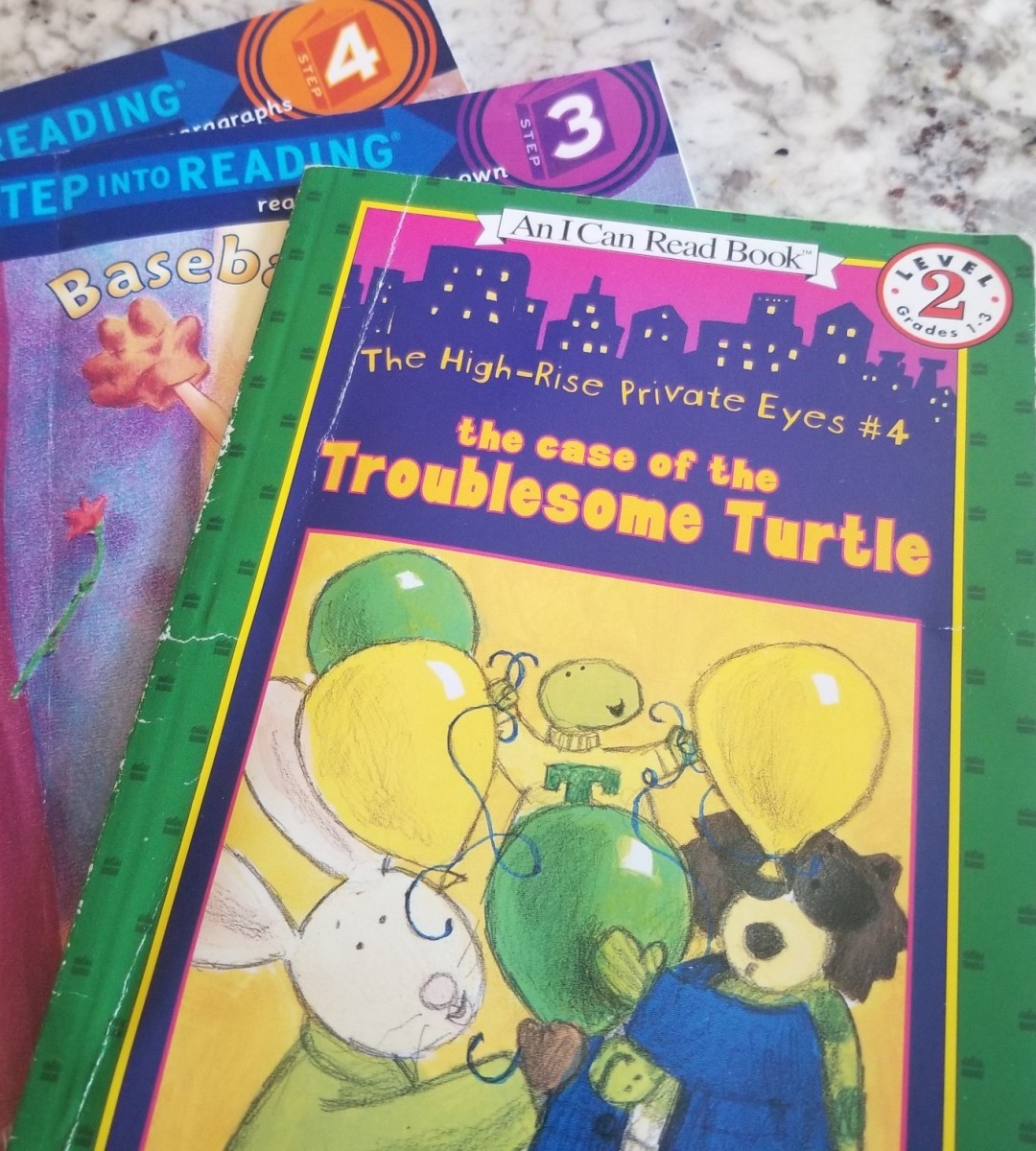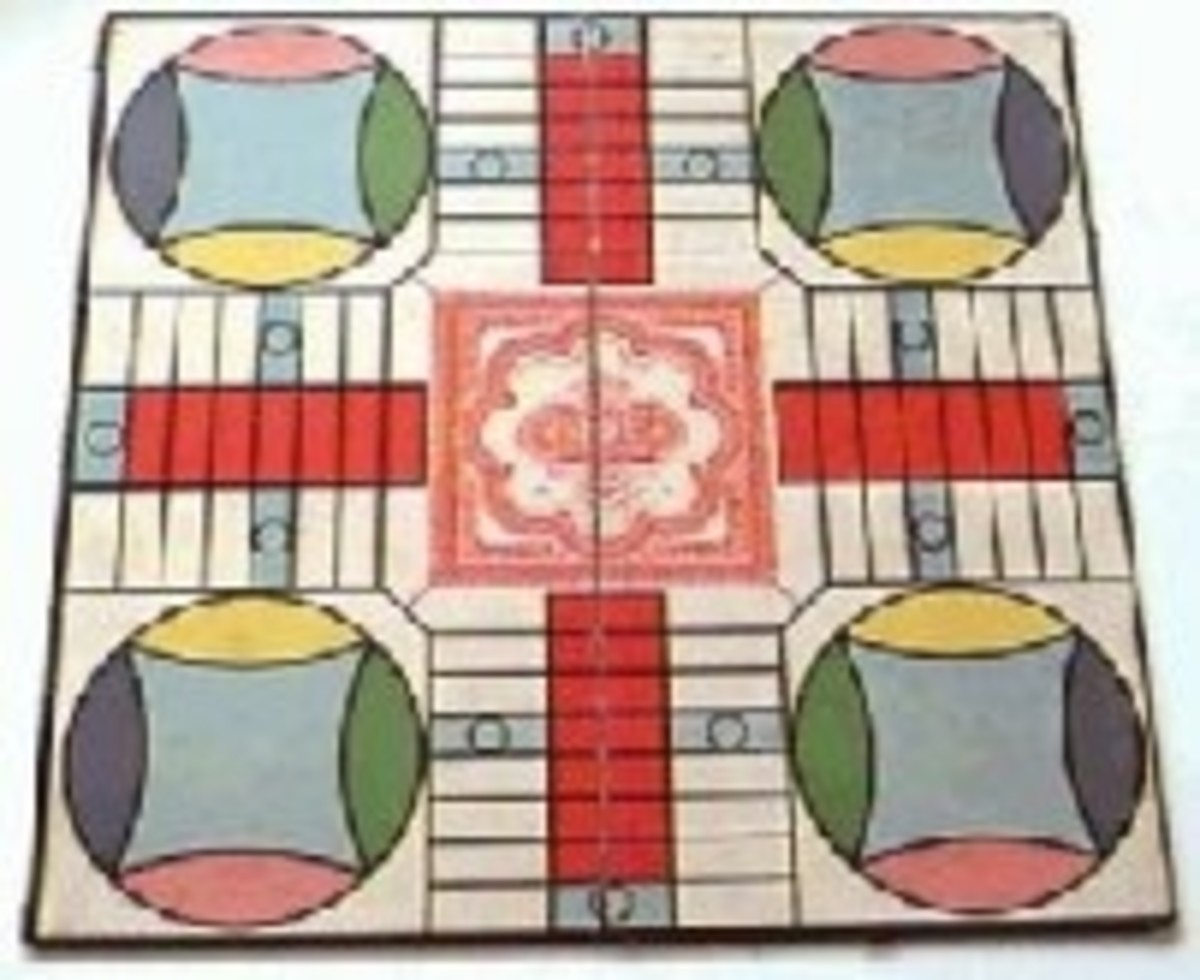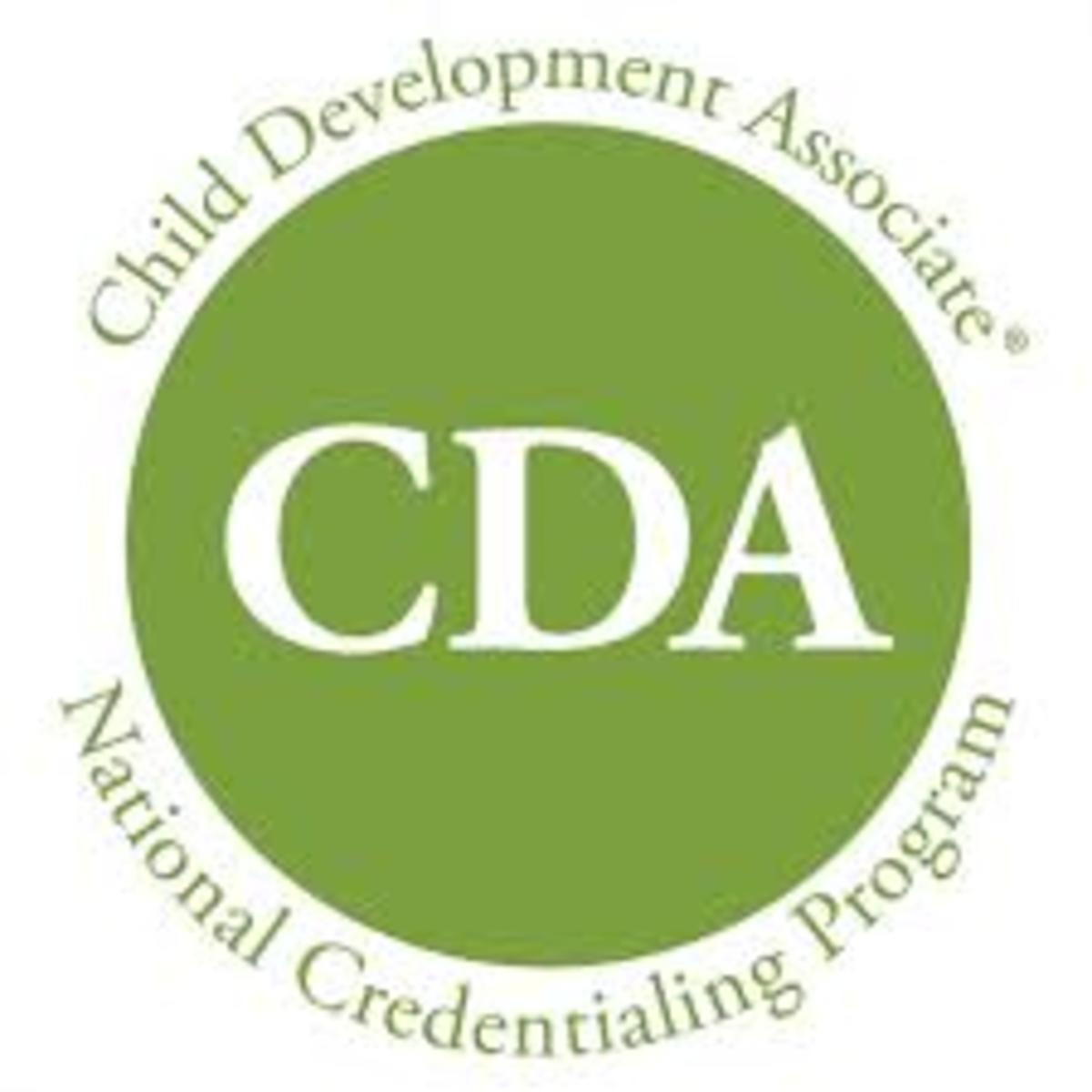Reading Comprehension For Kids
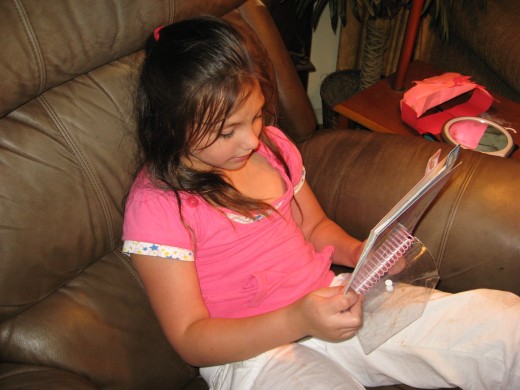
Reading Comprehension Games and Strategies
As a retired Language Arts teacher, it’s probably no surprise to you that I really stress reading skills and comprehension skills with my grandchildren. Fortunately, their parents understand the importance of reading skills, too, so I have lots of help. Reading comprehension can actually be started with listening skills before children begin reading on their own. Once the kids are in preschool or kindergarten and start to recognize sight words and sound out letters, reading strategies can begin in earnest. Of course, the older or more advanced the child is, the more advanced their reading comprehension skills should be. There’s no reason to leave this entirely up to your child’s teacher – most educators don’t have enough time for much one-on-one interaction with their pupils. Improving reading comprehension for kids can be fun, easy, and done at home.
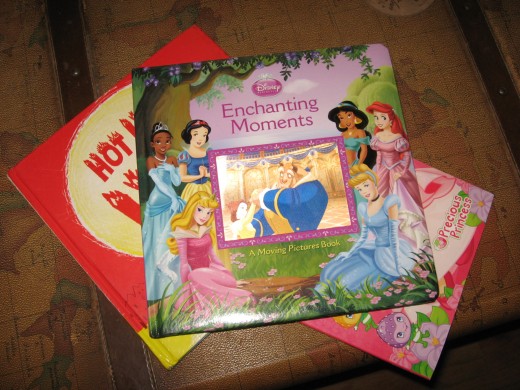
Reading Skills
You most likely understand that adequate reading skills are a big part of success in school. Practically every class and every subject taught in school requires reading skills. If your child is competent in reading and comprehension, he’ll be much more likely to be successful in school. Fluency comes from practice, so it’s important to encourage your kids to read often. Try to set aside a few minutes per day to read with your child, and make it fun! When I read to the grandchildren, I do the “voices” of the characters. Also, use inflection to make the story more enjoyable.
How to Improve Reading Comprehension
Reading skills and reading comprehension are closely related, but they’re not exactly the same thing. For example, I can read Spanish text almost perfectly, but I might not always understand what I’ve read. I know how to read and pronounce the words, but I don’t know the definitions of all the words. The same thing can happen when kids read. In other words, the words and their meanings might not “sink in.” That’s where reading comprehension skills come into play. Below are a few ideas for how to improve reading comprehension. You can probably come up with more on your own!
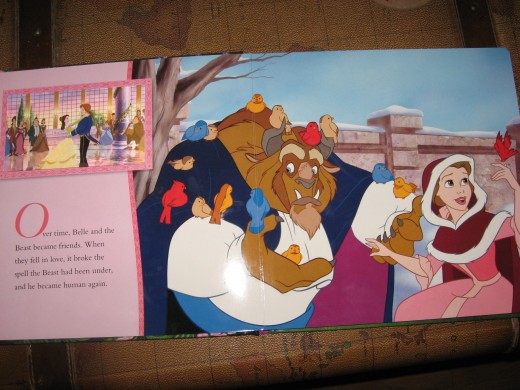
Reading Strategies – Interactive Reading Comprehension
Interactive reading comprehension is one of the best reading strategies you can use with kids and adults who are new readers. Whether you’re reading to a child or listening as the child reads aloud to you, it’s important to ask questions and get feedback about the story. You need to stop periodically and interact with your child. How often you stop depends on the age of the child and his reading fluency. For example, with a young child or with one who struggles with his reading skills, you might want to use interactive reading comprehension after every couple of pages. Smaller “chunks” of information will be easier for the reader to process. For older kids with advanced reading skills, you might be able to wait until the end of the story.
Using reading strategies with interactive reading comprehension should include assessing basic comprehension skills based on the information presented in a story. Using the five Ws is a good way to start.
Who – Main Characters
Who are the main characters? What are they like? The reader should be able to list and describe the main character or characters. If the book you’re using has pictures – as it should for young children – the physical descriptions should be easy. If possible, try to probe deeper with higher level comprehension skills like judgment. In other words, you might want to ask the reader about the personality of the characters – traits that aren’t expressed directly by the author.
Where – Setting
Where does the story take place? Many children’s books and stories don’t state an actual setting. If the book you’re using doesn’t, the reader should be able to use the pictures to get some idea of the setting. Did the action take place during the daytime or nighttime? Were the characters in a city, on a farm, or in a forest?
What – Plot/Action
As you or the child reads, make sure he understands the main plot of the story. Beginning readers do best with stories that have only one major plot and no subplots. The story line should be simple and easy to follow. Once basic reading comprehension is achieved, stories and books with more detailed plots can be attempted.
When – Sequencing
Sequencing is an important part of reading comprehension. Make sure the reader or listener understands the order of when things occur in the plot. You might prompt responses by asking simple questions like “What’s the first thing that happened in the story?” You might follow that up with something like “What did the second little pig do when the wolf blew down his house?”
Why – Cause and Effect
Cause and effect is an extremely important aspect of reading comprehension. This is a higher level cognitive skill than just recalling information. Readers need to understand cause and effect to get the true meaning of a story. Usually, this skill requires some type of judgment on the reader’s part. Your questions here can range from simple to difficult. For example, an easy question might be something like “Why was Goldilocks frightened at the end of the story?” A more difficult question might be “Why was Nemo’s dad so protective of his son?”
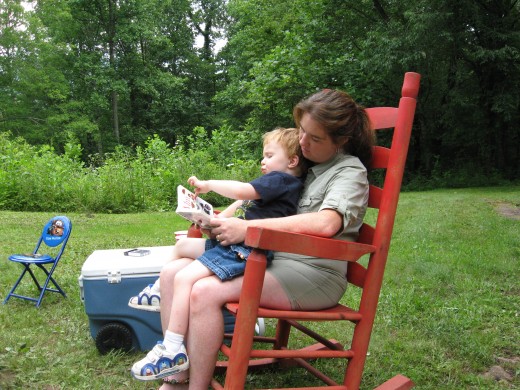
Reading Comprehension Games
Reading comprehension skills can also be improved with games. You can purchase reading comprehension games, but for younger kids, you can do these informally on your own. You might want to choose reading comprehension games based on your child’s interests and hobbies.
Drawing
One of the reading comprehension games that my six-year-old granddaughter enjoys is drawing characters and/or scenes from stories. She loves drawing and coloring, so these types of reading comprehension strategies work well for her. After reading “This is the House that Jack Built,” ask the child to draw a picture of the preacher. After the story of the three little pigs, have the child draw pictures of the three houses constructed by the pigs. This would also provide a good opportunity for comparing and contrasting.
Role Playing
Most kids love to act, so having them assume the role of one of the characters in a story can help with reading comprehension. The child will have to understand enough about the character to be able to act like the character. Again, these types of reading comprehension skills can range from simple to difficult, depending on how much inference the child has to use.
Puppet Show
Puppet shows can be great reading strategies. These work especially well for fluent readers who can read on their own. Make simple puppets from socks and have the reader perform a short puppet show based on the characters and plot of the story. Instruct the child to use as many details as possible.
Word Substitutions
For fluent readers, work substitutions can be wonderful reading comprehension strategies, but you need to do this with books that you own. Circle some of the words in the story and have the reader substitute a different word in the place of the original text. For example, if you circle the word “big,” the child should be able to suggest “large.” The more advanced the reader is, the more challenging you should make these reading comprehension games.
Mapping
If the story involves a journey, mapping can be good for improving reading comprehension. The Dora stories are good to use here. Have the child draw a simple map that traces the journey of the main character. You’ll probably want to provide some help with this at first.
Reading Comprehension Games
Improving Reading Comprehension
Improving reading comprehension will take some time and effort on your part, but the rewards are invaluable. Young children learn language, reading skills, and reading comprehension skills at an alarming rate if given the proper guidance. Many experts believe that our brains are “programmed” to grasp these skills at a young age, and if the opportunity is missed, it becomes more difficult to learn as the child gets older. Take full advantage of the situation! Make reading an enjoyable pastime by allowing children to choose books based on their interests. If they love horses, find books about horses. If they’re fascinated by sharks, find books about sharks. And, by the way, you don’t always have to use fictional stories, although they usually work better for new readers. Use some of my ideas for improving reading comprehension, or come up with your own. Anything you can do can do to help with reading comprehension will reap rewards in the long run.
More about reading skills and writing skills:
- How to Improve Writing Skills with Word Games
Tips for improving writing skills by using word games and writing exercises, provided by a retired writing and literature teacher. - Free Online Writing Courses: Teach Kids to be Better Writers
Writing tips for kids are offered here, written by a retired writing/lit teacher. - Essay Writing - How to Write an Essay
Simple steps on how to write an essay, from a retired high school teacher. - Online Writing Courses: Gerunds
- Online Writing Courses: Commas Part I
A great refresher course for comma usage, with helpful examples.


